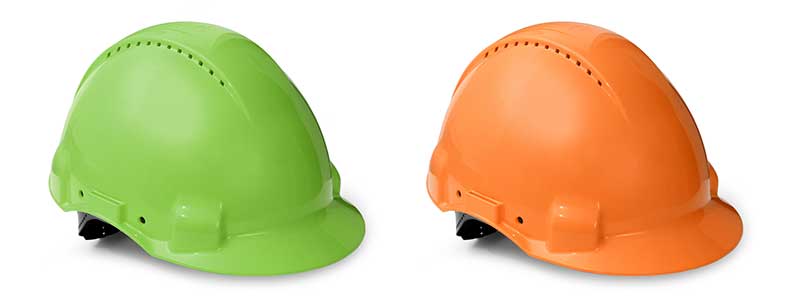Ensuring your Conservatory Meets Building Regulations (where applicable)
 The 1984 Building Act makes provision for Building Regulations to be applied to the majority of building projects undertaken in England and Wales. These regulations are applied for a number of reasons, but these can essentially be summarised as health and safety (including fire safety provisions for example), accessibility (disabled access), energy efficiency and conservation as well as ensuring that a building is suited to its use.
The 1984 Building Act makes provision for Building Regulations to be applied to the majority of building projects undertaken in England and Wales. These regulations are applied for a number of reasons, but these can essentially be summarised as health and safety (including fire safety provisions for example), accessibility (disabled access), energy efficiency and conservation as well as ensuring that a building is suited to its use.
The building regulations set out the correct procedures and technical expectations that building work must comply with – these are not simply best practice or recommendations however – compliance is a legal requirement and non-compliance can be enforced by the local authority. In some cases of non-compliance with building regulations or planning permission buildings have been demolished at the request of the local authority and magistrates can apply fines of up to £5000 – so it is of vital importance that all work is compliant.
While it is usually the responsibility of the contractor undertaking the work to ensure that their work is ‘up to code’ it will ultimately be the building owner who will be held accountable and served with enforcement notices for any non-compliant building work!
That’s the bad news – the good news however is that under Annex A of the building regulations, in most cases conservatories are exempt from building regulations control.
This is normally true where the following conditions are met:
- The floor area is less that 30 square metres (30m2)
- At least 75% of the roof material is glazed or of translucent material (such as polycarbonate)
- At least 50% of the area of the walls are glazed or of translucent material.
- There exists an exterior-grade door between the house and the conservatory*
- The conservatory is built at ground level.
- All fixed electrical work conforms to Part P (“Electrical safety”) of the building regulations.
- All glazing conforms to Part N (“Glazing – safety in relation to impact, opening and cleaning”) of the building regulations.
- Any radiators must be controllable through separate on/off controls.
- No drainage facilities are included (such as sinks or washing machines)
*This assumes that the opening for the door(s) already exists. Where a new opening is to be made in the structure of the house to allow access to the new conservatory structure it WILL require building regulations approval even though the conservatory itself may well be exempt.
One other point to note is that where a conservatory is to be built onto a property which has an existing loft conversion, the conservatory structure must not interfere with ladder access to any escape routes such as loft windows.
It is also worth bearing this in mind if you are likely to consider a loft conversion at some point in the future, since any such works will require local authority Building Control Department approval, and fire safety provisions form a significant part of this approval.
In general ladder access to loft conversions is required from the road which typically means that loft windows and escape routes would be designed to be on the front of the property facing the road or wherever the easiest fire brigade access would typically be. As conservatories are more often than not built at the rear or to the side of the property this is typically not a problem.
It is ultimately in your own interests that your conservatory be as well constructed as possible – a properly designed and constructed conservatory built using good quality materials and workmanship will provide many years of service and complement your property.
A poorly designed or constructed conservatory on the other hand will not last and will be to the detriment of your property and require more maintenance. It will also more likely than not be a place in which you will not enjoy spending time.
A conservatory built with scant regard for energy efficiency will also have a negative effect on your property as a whole, and your wallet in particular.
Where these conditions above are not met, such as where the floor space of a structure exceeds 30m2, it will be required to conform to building regulations in full and will also almost certainly require planning permission.
The regulations are subject to periodic modification and as a result we would always recommend that you check with the local authority to ensure than any work conforms to conservatory building regulations.

